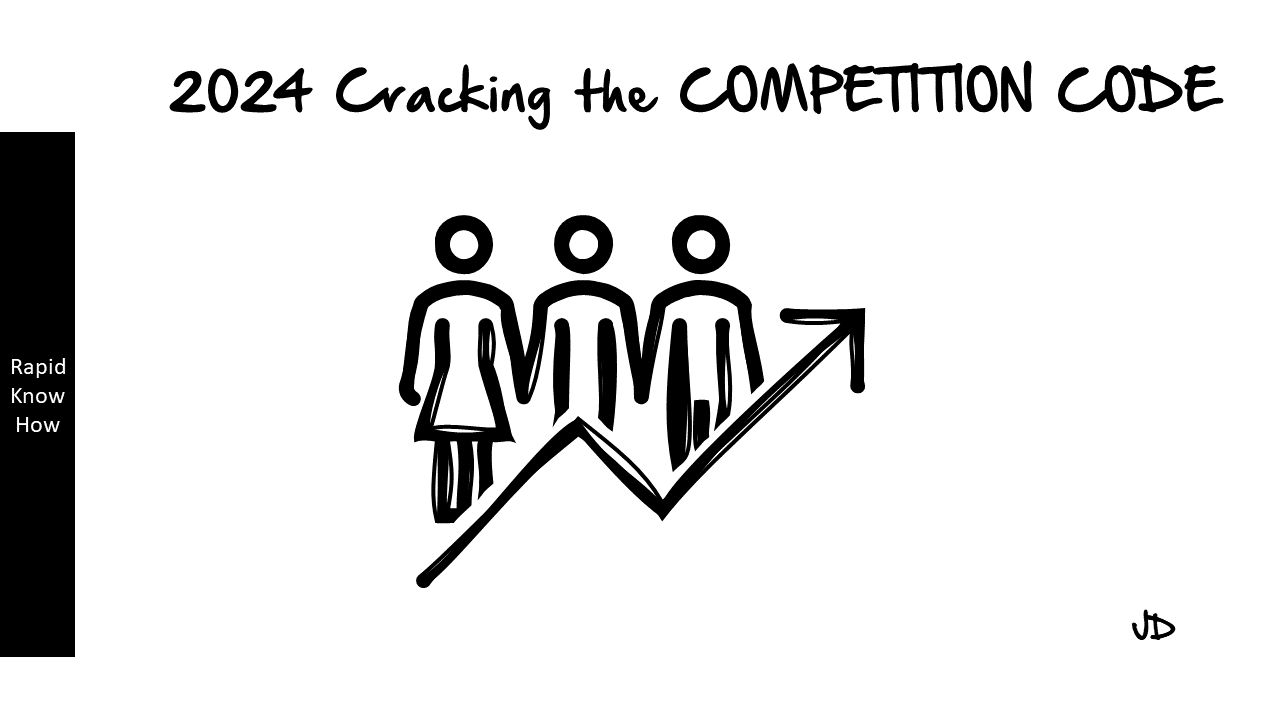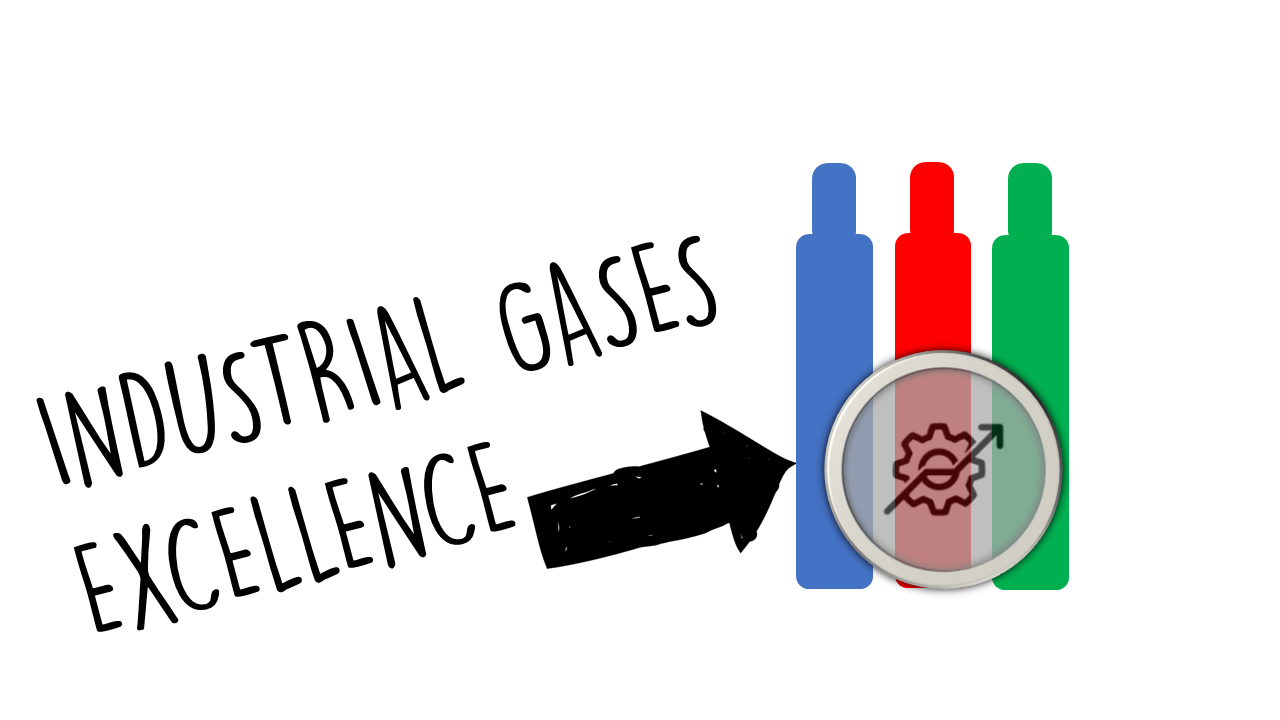This framework applies the rigorous “Bulletproof Problem Solving” (BPS) methodology to the primary challenge facing the automotive AI market today: transforming an expensive L4 technology stack into a Total Efficient Mobility Solution that provides undeniable economic value to B2B fleet customers.
Phase 1: Define the Problem (The Gap) – Customer-Centric View
The problem must now be defined by the failure to deliver competitive service economics.
Problem Statement: “Given the high capital expenditure required for L4 hardware, how can we bundle our technology into an ‘Autonomy-as-a-Service’ offering that guarantees fleet customers a 30% lower operating cost-per-mile (CPM) than human-driven vehicles, achieves 99.9% operational uptime, and secures pilot deployment with a major logistics partner within 36 months, thereby enabling a viable, scalable business model?“
- Current State: Average L4 BoM (Bill of Materials) is currently >$25,000, leading to a high capital expenditure (CapEx) barrier for fleet customers. Uptime is inconsistent due to edge cases requiring human intervention.
- Desired State: Scalable, certified, profitable L4 systems delivered as a monthly subscription service. Target vehicle BoM <$15,000 (internal goal) enabling a customer-facing CPM target that is 30% below human costs, and verifiable ODD-specific uptime of 99.9% (Workstream B & C focus).
Phase 2: Deconstruct the Problem (MECE Framework) – Value Drivers
The deconstruction now emphasizes the service delivery components necessary to achieve the target CPM and uptime.
| Category | Component | Sub-Components | Critical Question |
|---|---|---|---|
| A. Cost Structure (Internal Enabler) | Hardware Stack | Sensor Fusion, Compute, Power/Thermal Management, Cooling | (Unchanged): Can we replace high-cost Lidar units (>$5k per unit) with redundancy-based camera/radar systems, shifting Lidar to a non-safety-critical, supplementary role? |
| Data & Simulation | Data Ingestion/Labeling (Active vs. Passive), Synthetic Data Generation (SDG) | How do we reduce the human labor cost of data annotation by 70% by moving from manual labeling to model-in-the-loop active learning? | |
| B. Technical Viability (Safety & Uptime) | Edge Case Handling | Adversarial Attacks, ‘Unforeseen’ Scenarios (e.g., flash flooding, multi-vehicle accidents) | What is the statistical margin of safety required to eliminate human supervision, and how do we prove ODD-specific resilience? |
| Software Optimization | Latency Reduction, Model Compression (Quantization), Real-time OS Overhead | Can we run the full perception stack on a custom, cheaper ASIC at <50W, meeting the 50ms total latency requirement? | |
| C. Customer Value & Service Integration (External Value) | Operational Uptime | Teleoperation Integration, System Diagnostics, Redundancy Switchover Logic | How quickly can a remote operator resolve a complex disengagement (target: <60 seconds) to maintain the 99.9% uptime SLA? |
| Service Economics | Cost-Per-Mile (CPM) Modeling, Fleet Maintenance Forecasting, Contractual SLA | What are the financial mechanisms (liability transfer, fuel/energy efficiency gains) that underpin the guaranteed 30% CPM reduction? | |
| Regulatory & Trust | Certification Path, Liability Framework | How do we formally document and transfer the liability to the autonomous system to unlock the cost savings for the fleet operator? |
Phase 3: Prioritize Root Causes and Formulate Hypotheses
The two root causes remain, but their successful resolution is now defined by the service metrics they enable.
Root Cause 1: Unsustainable Hardware Cost (Hurdle to competitive CPM)
- Hypothesis: The current reliance on Lidar prevents a competitive CPM. By shifting to a Camera-First, Radar-Redundant architecture, the BoM can be lowered sufficiently to achieve profitability thresholds and offer a competitive monthly service fee.
- Test: Develop a low-cost, Camera-First perception stack (supplemented by Radar) that matches the precision (measured by False Positive Rate / False Negative Rate) of Lidar-based systems in 95% of operational design domains (ODDs).
Root Cause 2: Unprovable Safety at Scale (Hurdle to 99.9% Uptime)
- Hypothesis: Relying purely on real-world test miles is too slow and expensive to prove safety. Synthetic data and massive-scale simulation are the only cost-effective paths to regulatory approval and, critically, to minimize the frequency of safety-related disengagements that reduce operational uptime.
- Test: Increase the ratio of simulated test miles to real-world test miles from 10:1 to 1000:1 within 12 months. Track the reduction in the rate of ‘undocumented edge case discoveries’ in the real world following the deployment of new, targeted simulation models (i.e., proving the simulation fidelity).
Phase 4: Develop Solutions (The Workstreams)
The workstreams are revised to align the internal technical work (A and B) with the final service package (C).
Workstream A: Deep Hardware Cost Optimization (3-12 Months)
- Goal: Engineer Lidar out of the core perception path and reduce compute costs to enable the target CPM.
- Actions:
- Sensor Down-Selection & Integration: Finalize the 12-camera, 5-radar suite specifications. Implement a streamlined, heat-pipe based thermal management system to avoid expensive active cooling units.
- ASIC Co-Development: Initiate co-development with [Partner Name, e.g., an established semiconductor company] to create a custom AI accelerator chip (ASIC) optimized for our specific deep learning models.
- Procurement Lock: Lock in volume pricing contracts for core chips, targeting Q4 2026 delivery.
- Result: Target 40% reduction in BoM (Bill of Materials) for the L4 stack (from $25k to $15k).
Workstream B: Simulation-Driven Validation & Uptime Assurance (Ongoing)
- Goal: Prove safety via virtual means and assure system reliability for 99.9% uptime.
- Actions:
- Synthetic Data Tooling (SDG): Build a dedicated pipeline using Generative AI (GAI) and procedural generation to create millions of high-fidelity, labeled edge cases.
- Digital Twin Creation: Build three high-fidelity, localized digital twins corresponding to the target metropolitan areas (California, Texas, New York) using detailed GIS data, photogrammetry, and real-time traffic models.
- Active Learning Loop: Implement a process where the real-world fleet’s ‘disengagements’ are instantly logged, synthesized into new simulation scenarios, and fed back into model training within a 24-hour cycle.
- Result: Demonstrate statistical reliability equivalent to 100 million real-world miles within 18 months, focusing on zero critical failures in the three target ODDs.
Workstream C: Total Mobility Service Packaging & Go-to-Market (6-24 Months)
- Goal: Secure the business license and package the technology as a valuable, guaranteed service.
- Actions:
- Service Level Agreement (SLA) Definition: Formalize the 99.9% Uptime Guarantee and the 30% CPM Reduction target into a binding contract with penalty structures.
- Remote Assistance/Teleoperation Integration: Design, build, and test the remote support center, ensuring the technical latency and human-in-the-loop protocols allow for a sub-60 second resolution time for non-critical disengagements.
- Liability Framework & Certification: Establish the legal framework for the “Driverless Duty of Care” required by regulators, formally transferring liability to the system to justify the 30% CPM reduction (by eliminating driver salary/benefits).
- L4 Partnership Pilot Execution: Select one major mobility partner (e.g., ride-hailing/logistics fleet operator) and launch a paid, geo-fenced L4-as-a-Service pilot with a contractual commitment for the first 500 units.
- Result: Launch L4-as-a-Service pilot with verified 30% CPM reduction and 99.9% operational uptime by month 36.
Phase 5: Implementation and Feedback (The Governance)
This phase ensures the workstreams deliver results and the organization can react to new data, preventing organizational silos.
- Governance Structure: Establish a dedicated “L4 Profitability Steering Committee” (C-level sponsors from Engineering, Finance, and Legal) that meets bi-weekly to review cross-workstream dependencies and resource allocation.
- Metrics: Track the core KPIs (30% CPM reduction, 99.9% Operational Uptime, Simulated vs. Real-world error rate, Regulatory approval status). Introduce a “Time-to-Train” metric to monitor the efficiency of the Active Learning loop (Workstream B).
- Feedback Loop: The results of the Camera-First stack (Workstream A) must immediately feed back into the Synthetic Data Generator (Workstream B). If the cost target is missed, the Steering Committee must immediately revisit the Problem Statement and potentially adjust the guaranteed CPM reduction, rather than abandoning the Total Mobility Solution service model.
This expanded approach ensures that the automotive firm is not just building technology, but systematically solving the integrated business, technical, and regulatory problem necessary for profitable AI market penetration.
Customer: I want an unplugged mobility solution! Can you deliver?
That is the precise goal of this strategy. An “unplugged mobility solution” means a system that is fully autonomous, reliably available, and maximally efficient, requiring minimal human interaction or downtime.
The current strategic analysis is built specifically to deliver this state, pivoting the technology into a complete Autonomy-as-a-Service package.
Here is how the Bulletproof Problem Solving (BPS) framework directly delivers the “unplugged” solution:
1. Autonomy (Unsupervised Operation)
The core of the strategy is achieving and certifying true Level 4 (L4) capability, which is the definition of being unplugged from human driving.
- Proof: The Problem Statement targets the formal transfer of liability and system operation away from a human driver (Workstream C).
- Safety Assurance (Workstream B): We minimize the need for human intervention by using massive-scale simulation and an Active Learning Loop to achieve reliability equivalent to 100 million real-world miles. This dramatically reduces the frequency of disengagements that would otherwise require human plug-in.
2. Operational Uptime (Unplugged from Downtime)
Being “unplugged” also means being consistently available. Our goal is to eliminate the costly downtime associated with vehicle failures or human intervention.
- Proof: The service guarantees 99.9% Operational Uptime in the binding Service Level Agreement (SLA) (Workstream C).
- The Teleoperation Bridge: For the 0.1% of complex edge cases, the system relies on a Remote Assistance/Teleoperation Integration to resolve the issue in under 60 seconds. This fast resolution time ensures the vehicle spends virtually no time “stranded” or requiring a long human plug-in to fix a problem.
3. Efficiency and Sustainability (Unplugged from Charging/Refueling)
The low-power hardware and optimized driving profiles ensure the vehicle is unplugged from its energy source for longer periods, maximizing operational range.
- Proof: Workstream D specifically targets and certifies a minimum 40% reduction in CO2e per mile compared to human driving.
- Hardware Efficiency (Workstream A): This efficiency is achieved by focusing ASIC co-development on superior performance per watt (W) and engineering a low-cost, low-power sensor stack, directly contributing to extending battery range and reducing energy dependency.
The ultimate delivery is the “Total Efficient Mobility Solution,” where the customer purchases guaranteed, certified metrics—30% lower CPM, 99.9% Uptime, and 40% CO2e reduction—not just raw technology. This complete, quantified service package is the definition of an “unplugged” solution for the busy, sustainability-conscious enterprise customer.





